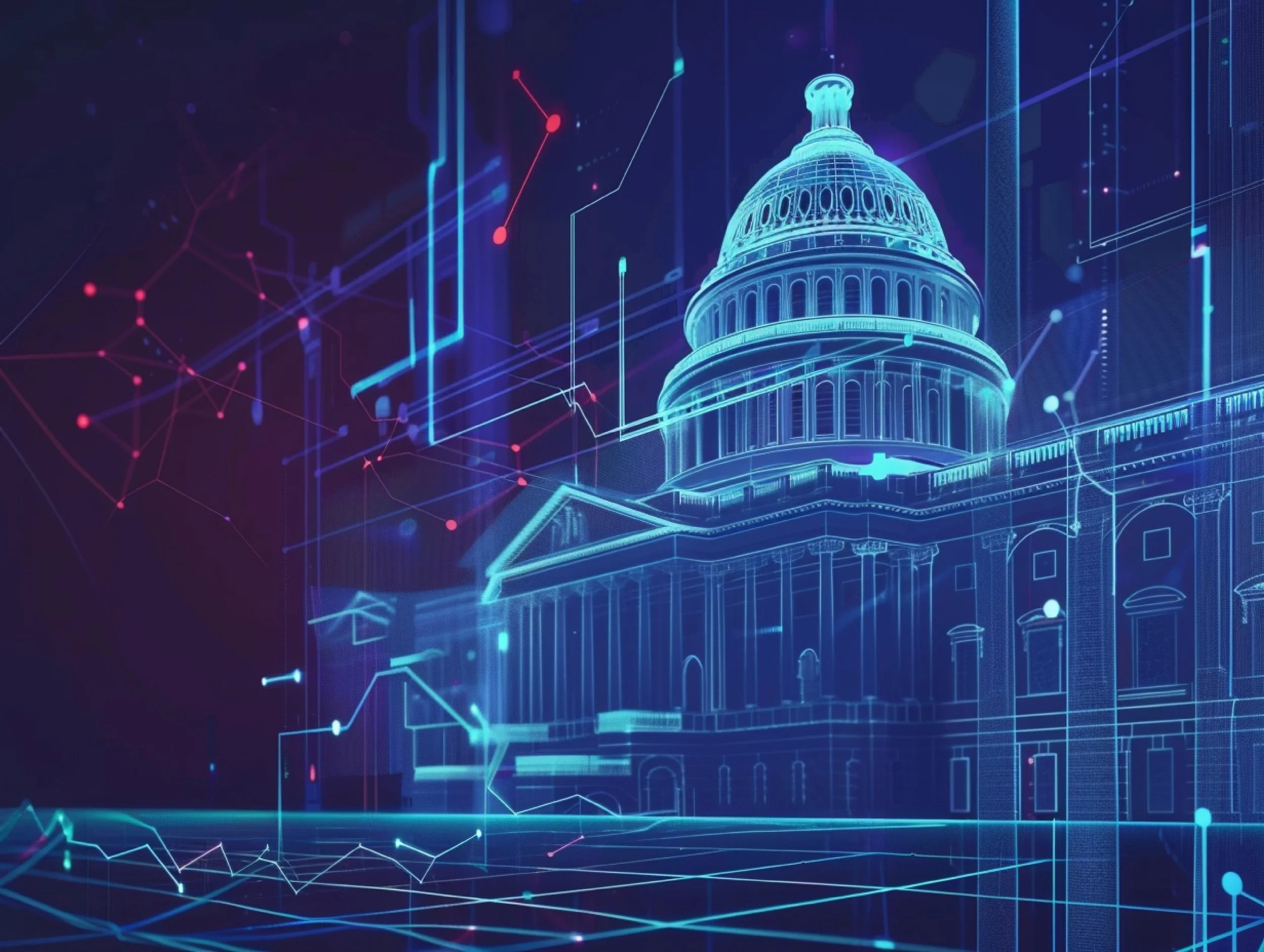How To Revitalize Customer Service at Your Public Agency With Artificial Intelligence
Whether we realize it or not, artificial intelligence and machine learning (AI/ML) have become part of our daily lives—from customer service chatbots to AI-generated recommendations from your favorite streaming services. But despite the ubiquity of AI/ML, executives often don’t consider how they could use this technology to solve common business problems.
In this blog, we’re taking a closer look at one common pain point that many public agencies experience—inefficient customer service—and how AI/ML can resolve it. The secret? A subset of artificial intelligence called Natural Language Processing.
What Is Natural Language Processing?
Natural Language Processing (NLP) is a type of AI/ML in which computers sift through and process large quantities of language data. For example, chatbots use NLP to interpret messages that customers send, and then direct them to possible solutions.
According to the SAS Institute, NLP works by categorizing content, identifying possible topics, and using context clues to determine the tone or mood of the content. To return to our previous example, chatbots might use NLP to identify when a customer asks about a refund. It can then either direct them to the appropriate live agent or send them a relevant article from the website’s frequently asked questions. Agencies can also use NLP to translate text quickly and efficiently—an invaluable resource in today’s multi-lingual world.
3 Ways NLP Can Improve Customer Service at Your Agency
When it comes to sorting through qualitative data, NLP is a versatile tool, making it the ideal AI/ML solution for improving customer service. Here are three ways that agencies can use NLP to revamp their customer service process:
Forward callers to the right agent
Many agencies still use old-fashioned keypad response systems to forward customers to the correct department. And while those systems work if customers have a simple problem, many agencies experience high levels of complex calls that a simple keypad system can’t capture. With NLP, customers can explain their situation in detail, and the computer will identify their concerns and use keywords to send them to the most knowledgeable agent. On top of that, NLP can determine if customers seem angry or upset and escalate their call if necessary.Know the customer’s story ahead of time
It’s frustrating and time-consuming for customers to repeat information multiple times, but NLP makes that a thing of the past. After capturing the customer’s story and forwarding it to an agent, the computer can also use NLP to share the most relevant data with the agent on the other end of the phone. The agent will receive keywords, like “payment problem” or “missing document,” and use that knowledge to prepare for the call. When the agent finally connects with the customer, they can immediately start working on a solution. This approach saves time, alleviates frustration, and makes the customer feel like the agent cares about their problem.Adopt an omnichannel system
Finally, NLP makes it easier for agencies to adopt an omnichannel customer service system. Omnichannel systems allow customers to move seamlessly between email, phone, and chat support. Because NLP captures and processes language data, it can quickly and efficiently process customer queries and move them between systems—so agents on the phone can see what customers wrote via email. This model is effective because it’s flexible and user-friendly. In fact, one survey reported that businesses that use an effective omnichannel system retain 89% of customers, as compared to 33% retention for those with a weak omnichannel system or no system at all.
Harnessing the Power of AI
When customers call into a public agency with a question or concern, it’s often an urgent need. With the power of NLP and other kinds of AI/ML technology, agencies can more quickly and effectively navigate complex problems and resolve customer concerns—making everyone’s lives a little bit easier.
Want to learn more about how your agency can use AI/ML to solve common business problems. Check out our e-book: 3 Ways AI and Machine Learning Can Transform Public Agencies



